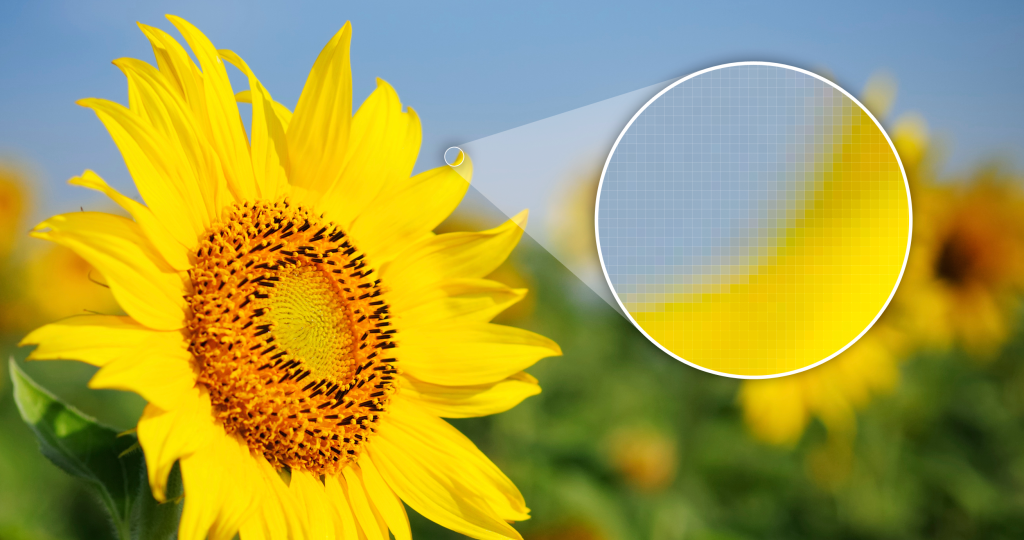

However, JPEG is not the best option for images with lines of text in them, such as tutorial screenshots and infographics. This is understandable since JPEG files support all browsers and operating systems and offer relatively optimum compression.Īll major browsers such as Google Chrome, Safari, and Mozilla Firefox have supported this image file type since their earliest version. In addition, you can even convert the images to progressive JPEG format in order to load the images even faster on your website. JPEG is one of the most common file formats. It’s also suitable for image sharing since its lossy quality indicates that JPEGs have a reasonably small file size. Your site visitors can load the images quickly, while the loss in quality is barely visible. JPEG is an excellent choice for web usage. It also doesn’t support transparency, unlike PNG and GIF. JPEG is a flat image format, which means all edits are saved into one layer, and you cannot reverse the modifications. It’s commonly used for saving images in digital cameras and printing, as long as you will not need further editing. Its relatively small file sizes allow you to save more space on your disk or memory card.

Its lossy compression means that JPEG eliminates some data to reduce its file size, which decreases its image quality in return. Joint Photographic Experts Group (JPEG) is a raster image with lossy compression. It’s important to note that JPEG and JPG are the same file formats, with different acronyms and file extensions. We’ll go over each format’s pros and cons, browser and operating system support, and what each format is best used for. Now that you learned the main differences between raster and vector images, let’s look into the most used file formats for image optimization that will result in a better website performance. On the other hand, enlarging a raster may lower its image quality.

When compared, the quality of the vector image format is unchanged when it’s magnified. People often use vector image files for logos, icons, or fonts – visuals expected to have flexible scalability in any situation. Examples of vector image file types are EPS, SVG, and AI. They typically have smaller file sizes than rasters. Since vector images are defined based on algorithms – not by a specific number of pixels – it’s possible to scale them up without distortion or loss in quality. Each path may contain various properties, such as stroke color, fill color, and thickness. It can be a straight line, a square, or a curvy shape. Vector images are constructed of paths that are based upon mathematical equations.Ī path is defined by a start and end point, which are connected by lines and curves. That means, if you resize the image, the pixels will get stretched to fill the extra space, making your image blurry, distorted, or pixelated. Use raster images for complex images with smooth edges and color gradients, such as graphic design projects and photographs.Įvery pixel in raster files has a defined color, position, and proportion according to the resolution. Examples of raster file formats include JPEG, GIF, and PNG – these are the most common image file types on the web.

Raster images typically have larger file sizes than vector images. The higher the resolution, the more details can be seen in a picture. Each pixel contains a color, which lines up with one another to form the image. Raster images are composed of grids of tiny, square dots called pixels. To choose which file format is the best for you, you have to consider the image quality, how quickly you expect your visitors to open the images, and how much space you have to store them. Raster images can be either lossy or lossless, while vector images are neither lossy nor lossless because their size is already small – therefore, they don’t need any compression. It only slightly reduces the file size, but it preserves the image quality. Meanwhile, lossless compression only takes away non-essential metadata. While this significantly reduces the file size, it also lowers the image quality. Lossy compression is a process that removes some of your image data. Lossy and lossless are considered as compression techniques, while raster and vector are image file types.


 0 kommentar(er)
0 kommentar(er)
